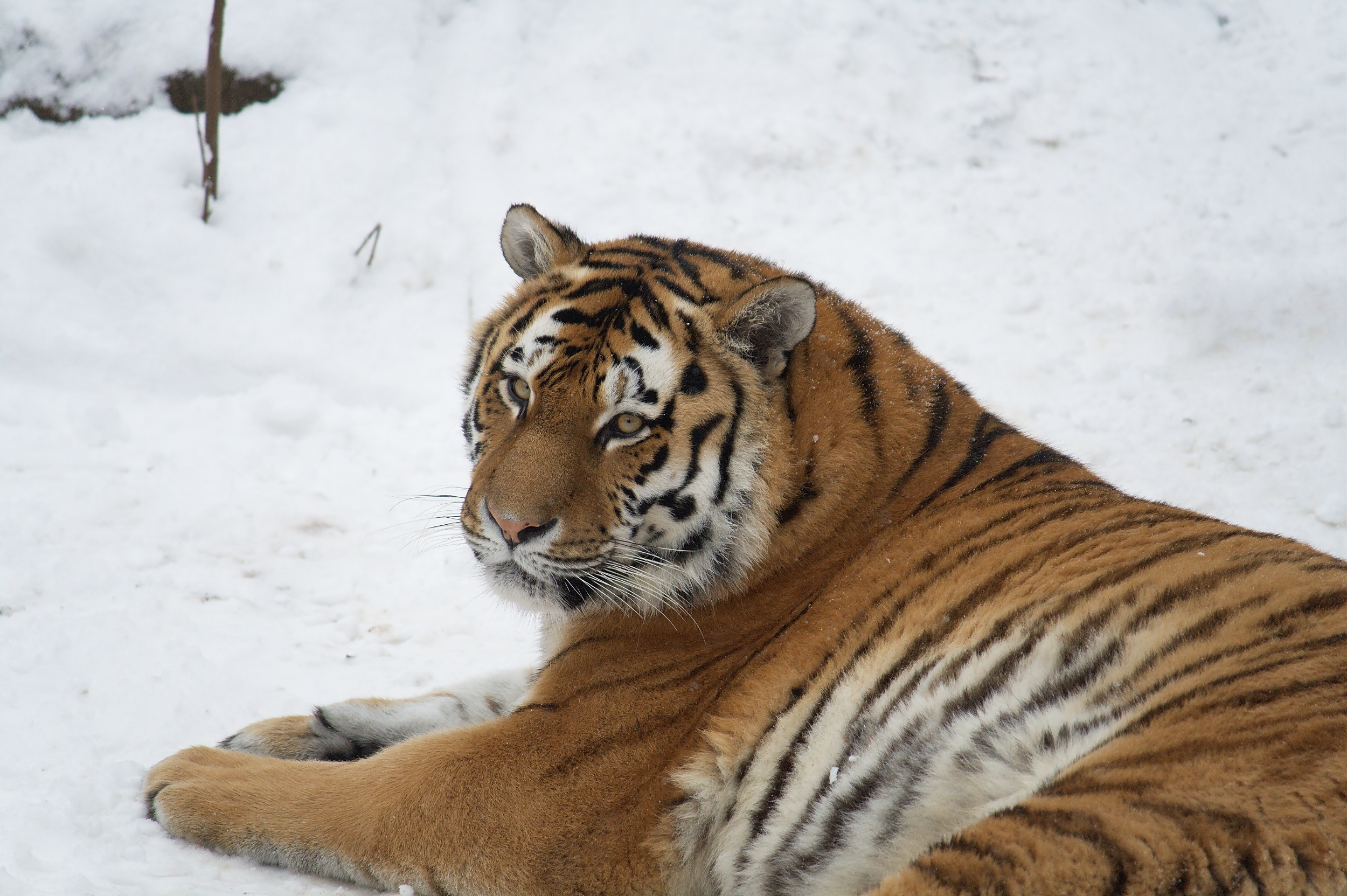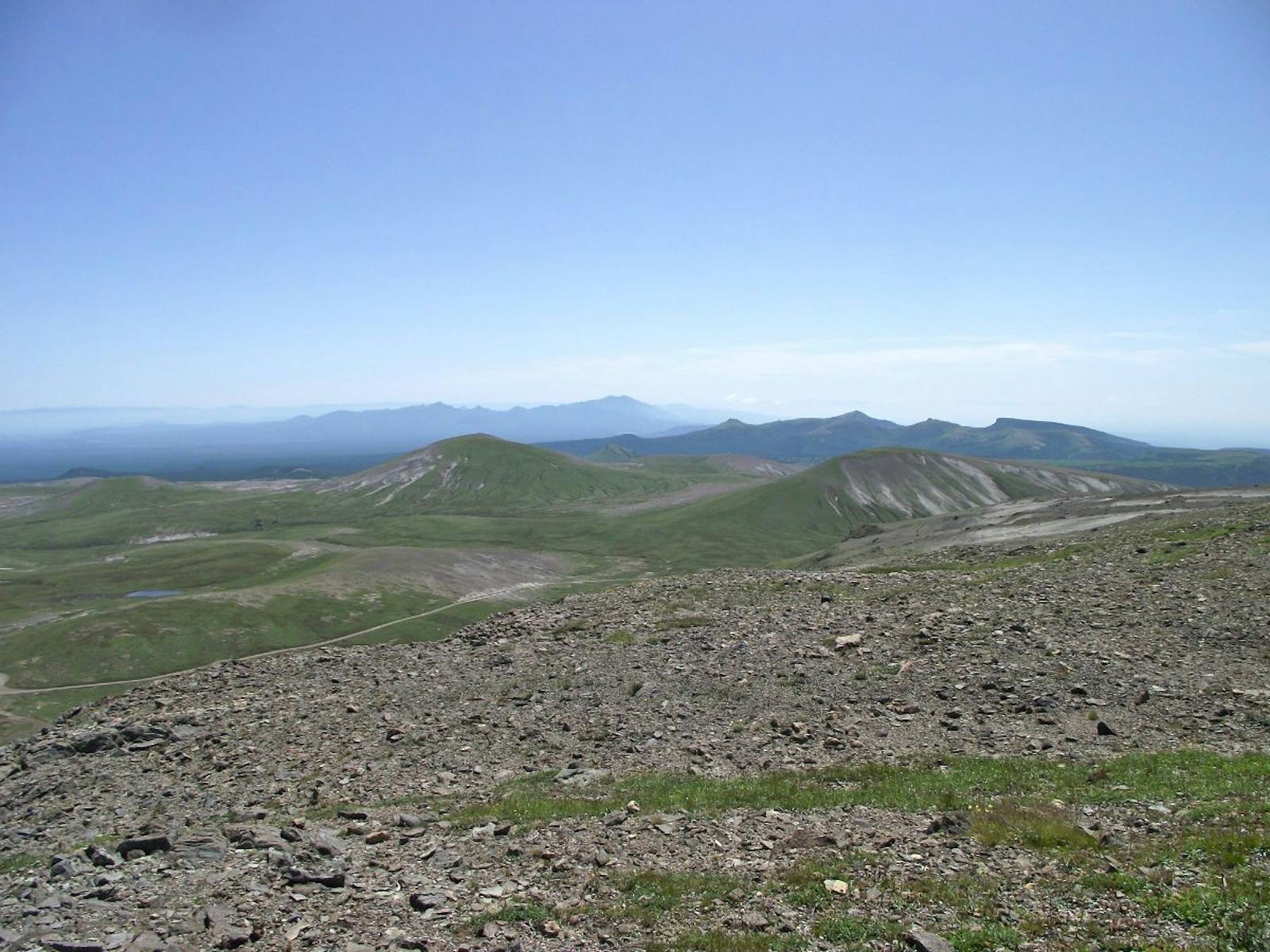Changbai Mountains Mixed Forests
The ecoregion’s land area is provided in units of 1,000 hectares. The conservation target is the Global Safety Net (GSN1) area for the given ecoregion. The protection level indicates the percentage of the GSN goal that is currently protected on a scale of 0-10. N/A means data is not available at this time.
Bioregion: Manchuria-Ussuri Mixed Forests & Meadow Steppes (PA46)
Realm: Eastern Eurasia
Ecoregion Size (1000 ha):
9,351
Ecoregion ID:
656
Conservation Target:
28%
Protection Level:
4
States: North Korea, China
The Changbai Mountains Mixed Forests, on the Changbai mountain range between China and North Korea, encompass extensive areas of mixed conifer and broadleaf trees and sub-alpine vegetation. The highest peak at the fabulous Paektu Mountain, at 2,750 m, forms a transboundary volcanic lake. The intact forests provide valuable resources for a series of animals including Siberian tiger, Siberian musk deer and Asiatic black bear.
.jpg)
The flagship species of the Changbai Mountains Mixed Forests ecoregion is the scaly-sided merganser. Image credit: Sylvan Heights, Creative Commons
The Changbai Mountains Mixed Forests ecoregion, covering 93,509 km2, spans across northern North Korea and north-eastern China. This mountain range has both low hills and high mountains: its highest peak, the breath-taking Paektu Mountain at 2,750 m above sea level, houses a magnificent volcanic lake known as the "Heaven Lake." Vegetation here reaches the subarctic forest zone, characterised at lower altitudes by mixed conifer and broadleaf species. As altitude increases, conifer species begin to dominate until only dwarf trees such as Erman's Birch can survive, along with sub-alpine grasslands. The average annual temperature in this ecoregion is 3ºC, with a maximum average temperature of 25ºC and a minimum of -21ºC. The mean annual precipitation is 835 mm, and climate is continental with a predominant dry winter and warm summer.
At the lower parts of the Paektu Mountain (between 500–1,100 m), the Korean pine is the dominant species. The Manchurian fir, an endangered species, can occasional be found in the broadleaf forest of Manchurian ash, Manchurian walnut, and Amur cork. This area is also abundant with for ginseng, which has been severely exploited. Because of an abundant supply of food and habitat, the ecoregion supports a rich fauna, including the endangered Siberian tiger, the vulnerable Siberian musk deer and Asiatic black bear, amongst others.
On higher altitudes (1,100–1,500 m), the Korean pine, Komarov and Korean spruces, and the Khingan fir form the forest. Even higher, the Yezo spruce, Khingan fir, and Korean spruce are dominant and provide habitat for the Sable marten. Other species of concern found in this ecoregion include the critically endangered Baer's pochard and yellow-breasted bunting, as well the endangered Blakiston's eagle-owl, the red-crowned crane and scaly-sided merganser. The vulnerable gold-spotted pond frog is only found in rice paddies and ponds in the Korean peninsula.

Siberian tigers. Image credit: Creative Commons
Numerous protected areas of different designations cover about 12% of the ecoregion, albeit interspersed. On the Chinese side, the Changbaishan Biosphere and Nature Reserve is the most notable flagship protected area, established in 1960 on the border with North Korea. At 1,965 km2, the reserve encompasses deciduous, mixed coniferous-broadleaf, coniferous, and dwarf-birch forests. It has more species of plant and animal taxa than any other comparable World Heritage Site in the USA or Europe. This protected area is an important conservation area for the endangered Siberian tiger, Asiatic black bear, north-Chinese leopard, Siberian musk deer, and several Red Listed bird species and plants, including the ginseng.The Jilin Hani Wetlands a broad and deep peatland designated a RAMSAR site. On the North Korean side, the Mount Paektu Biosphere Reserve and Important Bird Area share the volcano mountain and ecosystem.
The main threats to the ecoregion are illegal hunting, unsustainable use of natural resources such as medicinal plants, and forest degradation. Poaching of the Siberian tiger led to sharp decline of their numbers in these regions. Although logging and hunting have been made illegal in parts of the ecoregion, such as in the Changbaishan Biosphere Reserve, damage to natural habitats has been extensive historically and continues in the surrounding areas, especially in the old-growth forests on North Korean side.
Harvesting of natural resources for traditional medicine is widespread and threatens certain species like the ginseng and Korean pine. According to the North Korean government, the impacts of climate change has already been observed in the alpine vegetation in Mount Paektu Biosphere Reserve. Lastly, ecotourism has had its impact especially in the Biosphere Reserves. On the Chinese side, for example, visitation has increased from 100,000 to 1 million people a year, which exerts its toll on the natural resources and biodiversity.
The priority conservation actions for the next decade are be to: 1) expand the coverage of protected area network, including transboundary areas and connectivity corridors for the larger, umbrella species such as the Siberian tiger; 2) promote environmentally sound and sustainable development in the buffer and surrounding areas of the protected areas and intact forests; and 3) enhance sustainable tourism, limiting visitation to protected areas according to its carrying capacity.
Citations
1. Yang, X. and Xu, M., 2003. Biodiversity conservation in Changbai Mountain Biosphere Reserve, northeastern China: status, problem, and strategy. Biodiversity & Conservation, 12(5), pp.883-903.
2. Zhang, J., Liu, F. and Cui, G., 2014. The efficacy of landscape-level conservation in Changbai Mountain Biosphere Reserve, China. PloS one, 9(4).
3. Democratic People's Republic of Korea Fifth National Report to the CBD. 2016. (https://www.cbd.int/doc/world/kp/kp-nr-05-en.pdf)


.png?auto=compress%2Cformat&w=300)

